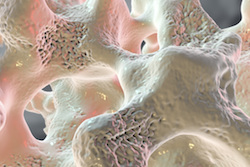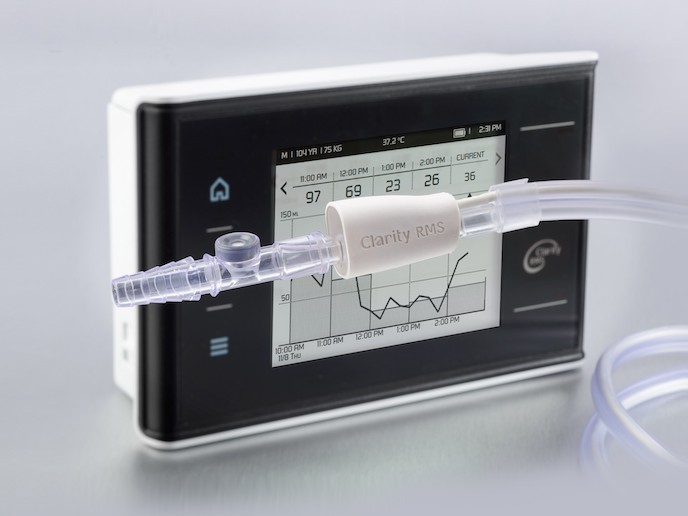More support for nursing resources
Current models of nursing resources planning largely omit the quality of nursing staff and of resulting patient care. To deal with this shortcoming, the RN4CAST(opens in new window) (Nurse forecasting: Human resources planning in nursing) project conducted Europe’s biggest-ever nurse workforce study to improve the accuracy of forecasting models. The first phase was devoted to developing measurement tools, validation tests and data collection. Data were gathered from nurse, patient and organisational surveys and routinely collected hospital discharge information. Surveys were conducted in 486 hospitals among 33 731 nurses to measure characteristics of the hospital nurse workforce, their views on the work volume and quality of care given. Study results feature in a paper in BMC Nursing(opens in new window). Performed in 8 countries, the patient survey collected data generated from 11 318 patients. The organisational survey collected information on the workplace’s profile. Discharge data from 422 730 patients’ records in 300 hospitals, covering an entire year, was used to determine other outcomes like hospital mortality and failure to rescue. The final results, published in the International Journal of Nursing Studies(opens in new window) indicate that a substantial proportion of nurses in every country reported quality of care deficits and high nurse burnout, job dissatisfaction and intent to leave current positions. Overall, the countries sampled represent differently organised national healthcare systems and have hospital quality, safety and staff retention problems associated with organisational features of nursing care. In all countries, nurse staffing and the quality of the hospital work environment were significantly associated with patient satisfaction, quality and safety of care, and measures of nurse well-being. The study showed a strong relationship between patient-to-nurse ratios, nurse qualifications and patient mortality. Two papers on this study were published in high impact journals The Lancet(opens in new window) and the BMJ(opens in new window). There is clearly a need for the recruitment of new entrants into the nursing profession to maintain and improve nurse-to-patient ratios at ward level. This new evidence on the association between organisational features of nursing care and nurse well-being and patient outcomes highlights serious implications in the future of nursing across Europe. The information is particularly useful for policymakers and healthcare institutions and has been used by country and European policy makers.







